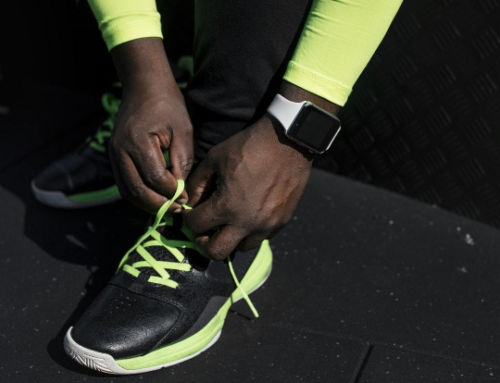If you’re an older adult, you may be no stranger to aches and pains. From your back to your feet, it can seem like there’s always something bothering you. But one of the most common—and most debilitating—issues you may face is knee pain. Whether it’s a sharp twinge when you move a certain way or a dull ache that never goes away, knee pain can make it tough to get through your day-to-day activities.
So, what can you do about it? In this blog post, we’ll explore some of the causes of knee pain in older adults and offer some suggestions for dealing with it.
Causes of Knee Pain in Older Adults
There are a number of reasons why older adults may start to experience knee pain. Arthritis is one of the most common culprits, as is tendonitis. Both of these conditions can be aggravated by activities like walking, climbing stairs, or even just getting up from a seated position. Other causes of knee pain include:
Injury: A previous injury to the knee—even one that occurred years ago—can cause long-term pain and stiffness. This is especially true if the injury was not treated properly at the time or if it was not allowed to heal completely before being reinjured.
Osteoarthritis: This is a degenerative joint disease that can lead to joint pain and stiffness. It occurs when the cartilage between the bones breaks down, allowing the bones to rub against each other. Osteoarthritis is a common cause of knee pain in older adults.
Bursitis: This is an inflammation of the fluid-filled sacs (bursae) that act as cushions between bones and muscles, tendons, and joints. When these sacs become inflamed, they can cause pain and stiffness in the affected area. Bursitis often affects the knees, hips, and elbows.
Gout: This is a form of arthritis that occurs when uric acid crystals build up in the joints and surrounding tissues. The resulting inflammation can cause excruciating pain, swelling, and redness in the affected area. Gout most often affects the big toe but can also affect other joints, including the knees.
Dealing with Knee Pain
If you’re dealing with knee pain, there are a few things you can do to ease your discomfort and get some relief. First and foremost, rest is important. Avoiding activities that put stress on your knees—such as running or high-impact aerobics—will help reduce inflammation and give your joints a chance to heal. Ice can also be helpful in reducing inflammation; apply an ice pack to your knees for 15-20 minutes at a time several times per day until the swelling goes down.
Over-the-counter anti-inflammatory medications like ibuprofen or naproxen may also help relieve pain and swelling; just be sure to follow package directions carefully and talk to your doctor before taking them if you have any concerns about potential side effects or drug interactions.
Finally, gentle range-of-motion exercises may help keep your joints healthy and prevent further stiffness; talk to your doctor or physical therapist about appropriate exercises for you. Knee pain is a common problem among older adults, but there are things you can do to ease your discomfort and get some relief. Resting, icing, over-the-counter anti-inflammatories, and gentle range-of motion exercises can all help reduce pain and swelling associated with arthritis, bursitis, tendonitis, and other causes of knee pain. Of course, if your pain persists or gets worse, be sure to consult with your doctor.










